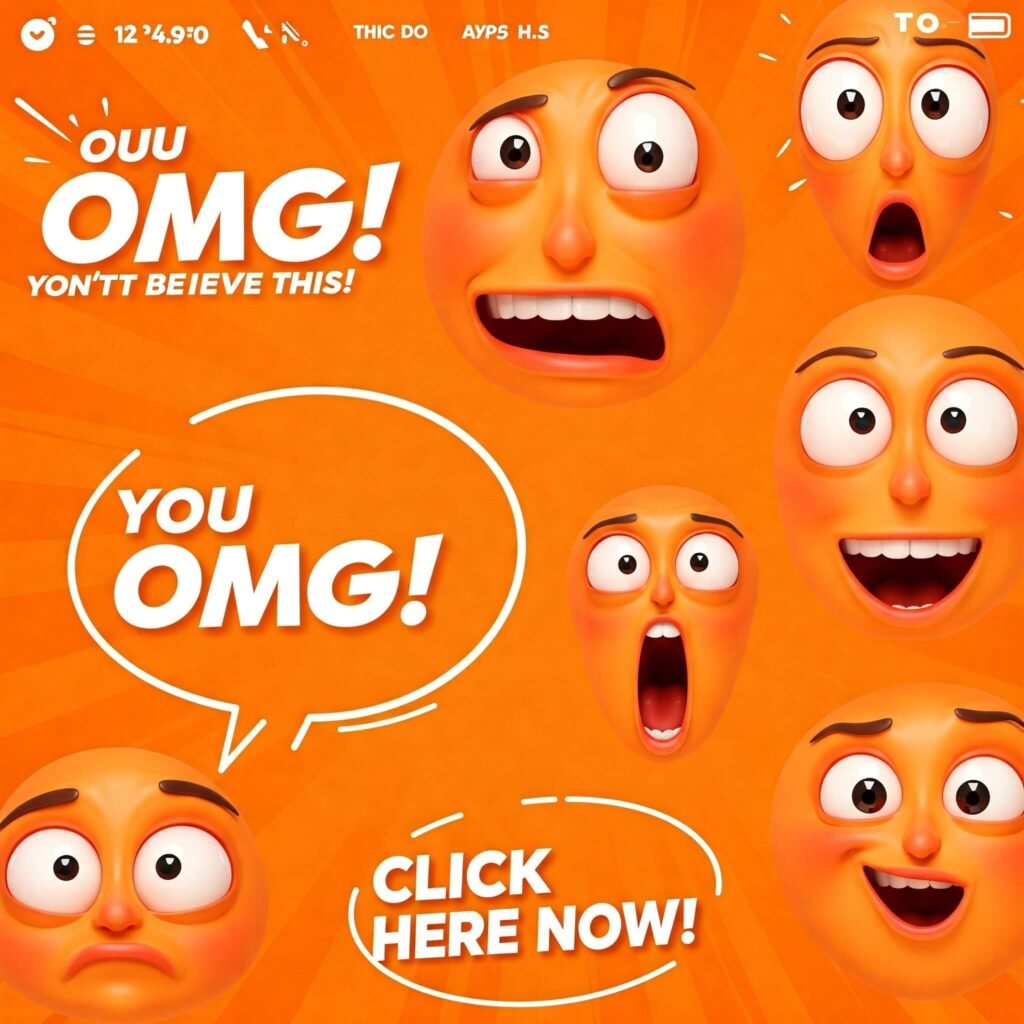The psychology behind viral videos is… kinda weird. And honestly? Way more relatable than some marketing guru wants you to believe.
I mean, you ever sit there at 2 a.m. in your bed, scrolling, and suddenly some random video of a raccoon stealing cat food has you wheezing so hard your neighbors probably think you’re choking? And then you have to send it to like five people? That’s it. That’s the psychology. Done. Blog over.
Okay not really, but you get me.
The “I can’t keep this to myself” effect
One time my cousin in Jersey sent me this clip of a guy falling through his ceiling while trying to fix his AC unit (don’t worry, he was fine, just… dusty). Within 10 minutes, I’d forwarded it to my group chat, my mom (who said “lol ok” which is her version of laughing), and my barber.
It’s that itch. When something makes us laugh so hard, or shocks us, or hits us with that omg same vibe — we can’t hoard it. We feel like we owe it to the world to share it. That’s psychology right there: social currency. Sharing stuff makes us look funny, smart, in-the-know.
Basically, I’m not sending you a meme because I love you (sorry). I’m sending it because it makes me look cool.
The emotion rollercoaster thing
There’s actual research on this — but let me put it the non-boring way. Videos that go viral usually hit strong emotions: joy, awe, anger, even that cringe-laugh hybrid (you know the one).
It’s like your brain has a little alarm system that goes:
- “This is hilarious.” Share.
- “This is outrageous.” Share.
- “This is too cute.” SHARE NOW.
But videos that are just… meh? They die in the feed. Nobody’s like “wow this medium-slightly-funny clip really deserves my bandwidth.”

That’s why those TikToks with puppies literally dressed as firefighters rack up millions, while your cousin’s 12-minute vacation slideshow sits at 4 views (two of them are pity-clicks from your aunt).
Quick tangent: my own embarrassing viral attempt
Alright, confession time. I once tried to make a video go viral. This was back in, like, 2016, when “the mannequin challenge” was everywhere. Remember that? People just freezing in weird poses while “Black Beatles” played in the background?
Anyway, me and some friends tried it at a pizza spot in Queens. I was supposed to freeze mid-bite, but instead the cheese stretched like six feet and snapped all over my shirt. We uploaded it thinking we were about to be internet famous. Got 38 views. Thirty-eight. I think half were my mom trying to figure out why the sound wasn’t working.
Point is: you can’t force it. Viral psychology works because it’s organic. Nobody wants to watch a try-hard (and yes, I learned that the hard way, along with a marinara stain).
The “shortcut to belonging”
Here’s the deeper layer nobody talks about at parties (because yeah, imagine someone bringing this up at a bar): Viral videos actually give us this tiny feeling of being part of something bigger.

Like when that “Is it cake?” phase was going nuts — everybody online was arguing over whether the shoe was cake, the plant was cake, the remote control was cake (still not over that one). It wasn’t just about cake. It was about being part of the collective “wtf is happening right now??”
We humans, deep down, are pack animals. Viral videos are like our digital campfires.
Simplicity = shareability
Here’s another piece of the psychology puzzle: viral videos are usually super easy to “get.”
Think about it — you don’t need a five-minute explanation. Nobody’s pausing to take notes like it’s an SAT prep class. You hit play, you laugh (or gasp or cry), you share. Done.
That’s why short clips rule the internet. A 9-second TikTok of a parrot screaming “what are you doing step-bro?” has more power than a 12-minute rant about the economy. Sad, but true.
Shock value (but not too much)
We can’t ignore this one. Shocking stuff spreads — but there’s a line. The psychology behind viral videos is partly about safe surprise.
Like, remember that video of the lady in the Chewbacca mask laughing hysterically in her car? Totally harmless. Totally wholesome. It blew up because it was surprising in a way that felt good.
Now compare that to some gross or disturbing clip… sure, people might share it out of shock, but it doesn’t usually stay viral because it’s not enjoyable to rewatch. Viral = repeatable.
The meme remix effect
Another thing: viral videos often turn into memes, and then those memes keep the cycle going.
Someone posts a funny original clip → other people remix it → suddenly you’ve got TikToks, GIFs, parodies, remakes, mashups.
It’s like the internet’s version of karaoke — everyone wants their turn with the same song.
That’s why something like “Harlem Shake” lasted way longer than it should have (shoutout to 2013, we survived).
So, what’s the secret sauce?
Alright, let me try to put my messy ramble into a semi-clear list. Viral videos usually check at least a few of these boxes:
- Big emotion (joy, awe, anger, surprise, cuteness overload)
- Easy to understand (no context required)
- Makes you look good to share (social currency flex)
- Feels like being part of the crowd (that belonging thing)
- Remixable (easy to parody or add onto)
That’s it. That’s the psychology. Not rocket science.
Final thought before I go make a sandwich
So yeah — the psychology behind viral videos isn’t some mystical formula locked in a TikTok HQ vault. It’s basically just human nature doing its messy, emotional, sometimes embarrassing thing.
And maybe that’s why I love it. Because at the end of the day, we’re all just a bunch of people sending each other clips of raccoons stealing cat food, hoping someone laughs with us.
Anyway, if this blog post goes viral… I’m buying everyone pizza. (But no mannequin challenge this time.)
Outbound Links:




